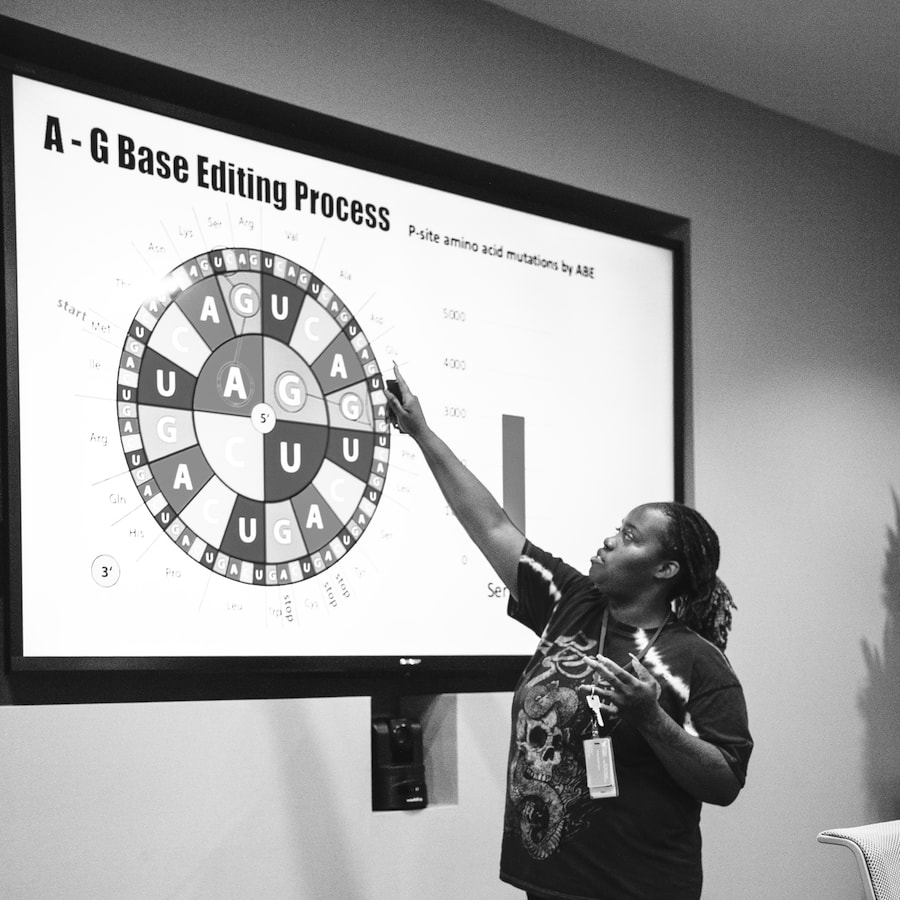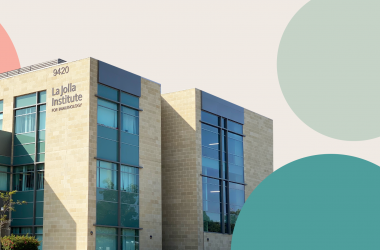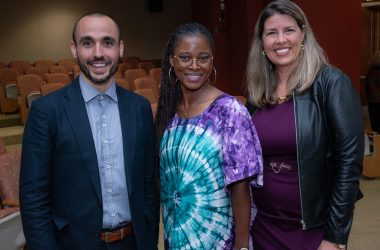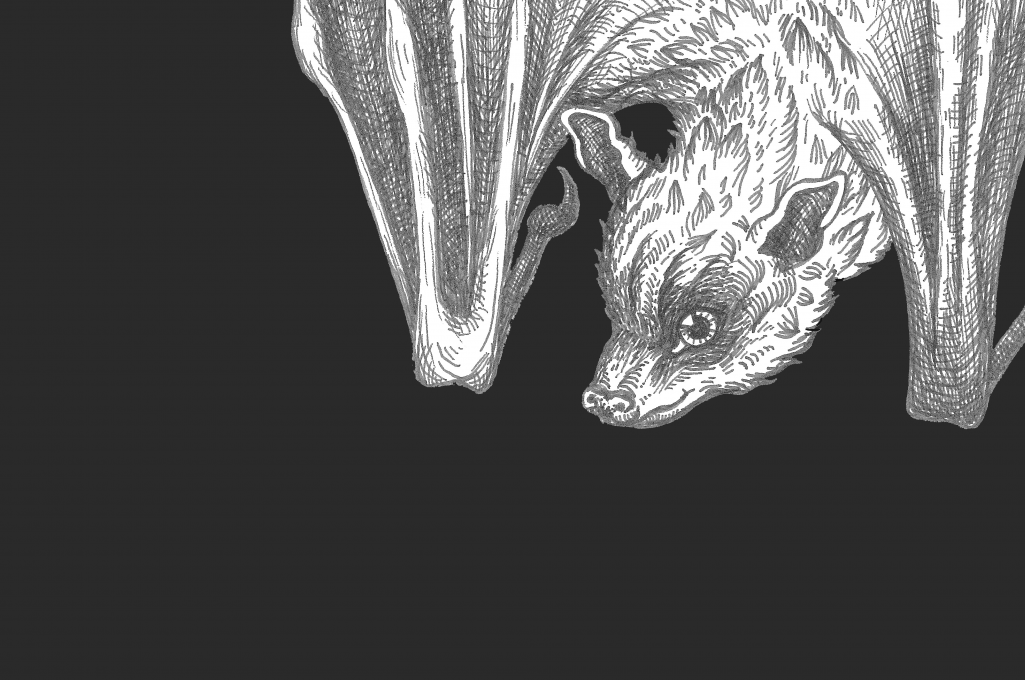As scientists and historians have documented, many Black students historically have been barred from leading scientific institutions, and Black scientists have been deprived of the facilities, funding, and platforms to support their careers and share their work.
La Jolla Institute for Immunology (LJI) is working to put new programs in place to address inequality in the sciences. “We have to do more,” says LJI Chief Scientific Officer Mitchell Kronenberg, Ph.D.
With generous support from San Diego mentor, non-profit investor, and “gratitude messenger” Walter Green and philanthropic partner Lisa Ligouri, the Institute is making progress.
For the past two decades, Green and his wife, Lola, have funded scientific education in San Diego County for students ages eight through 18 years old. Over the last four years, Green and Liguori have joined forces to further these efforts on the behalf of their respective families.
Green and Liguori were first introduced to LJI when they gave support to a trainee in the lab of Erica Ollmann Saphire, Ph.D., Institute President and CEO. Shortly afterward, Dr. Kronenberg approached Green and Ligouri with the idea of funding a summer internship program for underserved students.
To bring students to La Jolla, Dr. Kronenberg coordinated with Cynthia Warrick, Ph.D., R.Ph., President of Stillman College, a prestigious liberal arts college in Tuscaloosa, Ala. Stillman College is one of America’s leading Historically Black Colleges and Universities (HBCUs).
“There are so many health disparities for African Americans,” Dr. Warrick says. Indeed, the community faces higher cancer mortality rates, higher diabetes and lupus rates, higher
rates of maternal mortality, and more. “Through hands-on experiential learning at places like LJI, students can learn how to really make a difference in their communities through biomedical research.”
Together, Dr. Warrick, LJI leadership, Green, and Ligouri launched an internship program where LJI scientists could welcome Stillman students into their labs. For the inaugural year, the Institute welcomed two interns from Stillman: Ayana Green and Tamia Little, who interned in the laboratories of Professor Anjana Rao, Ph.D., and Assistant Professor Sam Myers, Ph.D.
LJI also welcomed two students from the UC San Diego PATHways to STEM through Enhanced Access and Mentorship (PATHS) Program. These students were Arianna Girmai and Emi Sanchez, who interned in the laboratories of Dr. Rao and Professor Michael Croft, Ph.D. “By introducing the Stillman and UC San Diego students, we could combine the benefits of their respective programs. Two plus two is more than four in this case,” Green says.
Green was keen to work with PATHS as an extension of his mission to work with local students from underserved communities. Green calls his approach “community-based investment.” “I consider these investments, I don’t consider them donations,” says Green. “I’m attracted to really high-quality programs with great leadership.”
The four interns accomplished a lot in their time at LJI. Thanks to the simultaneous efforts of the LJI’s newly formed diversity, equity, and inclusion committee, LJIdea, the interns attended workshops in core facilities, including microscopy, sequencing, cryo-EM, and mass spectrometry. The interns were invited to lunches with faculty, post docs, and members of leadership and administrative staff. They even toured the IT Department at LJI and were treated to a private tour of San Diego-based biotech Illumina. They also attended a special talk on animal research.

After 10 weeks working in a laboratory setting at LJI, the interns presented what they learned. “These interns didn’t just go through the motions,” says Dr. Warrick. “They actually worked on real-world research projects.” Dr. Warrick says it’s been great to see the undergraduates connect their lab work with scientific concepts they’ve learned about in classrooms and textbooks.
Green appreciated the mentors who stepped up to share their work with the visiting interns. “You cannot overstate the talent and commitment that was brought to bear on this internship
program,” says Green.
The Stillman interns will use their research experiences in their senior thesis work at Stillman. Dr. Warrick hopes they will also consider applying for opportunities like graduate school going forward.








